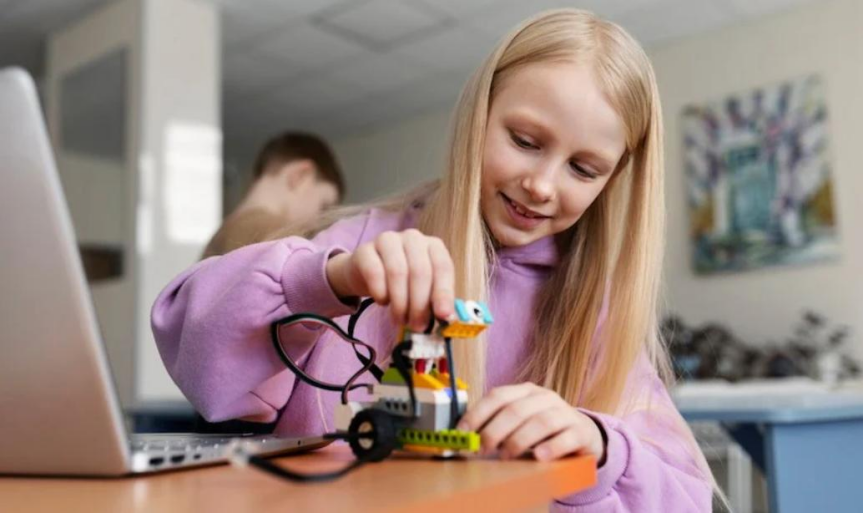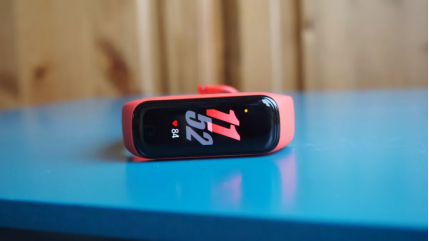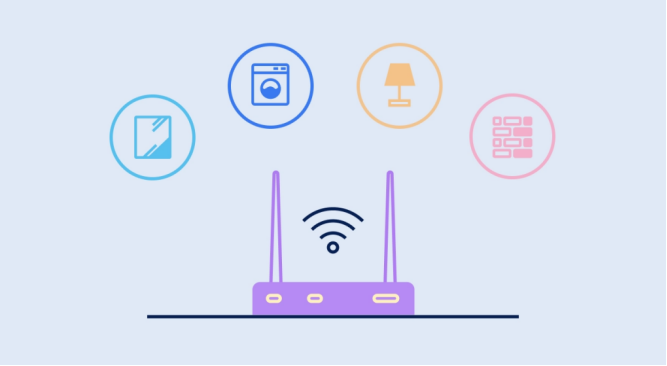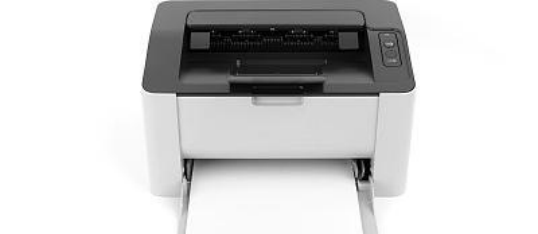How to Teach Your Kids to Use a 3D Printer? (Step-by-Step)
3D printing offers a fantastic opportunity for kids to explore their creativity and engage in hands-on learning. Teaching your child how to use a 3D printer can spark their imagination and enhance their understanding of technology and engineering. If you’re looking for the best 3d printer for kids, this guide will walk you through the steps needed to help your kids safely and effectively use a 3D printer, while also exploring the many benefits that come with it.

Why Should Kids Learn to Use a 3D Printer?
Benefits of 3D Printing for Kids’ Creativity
3D printing allows kids to transform their ideas into tangible objects. This creative freedom can inspire them to think outside the box and cultivate a love for making things. They can design and print toys, models, and gifts, boosting their inventive skills and artistic self-expression.
How 3D Printing Enhances STEM Education
Integrating 3D printing into learning can significantly support STEM education. It offers a practical way to understand complex concepts in science, technology, engineering, and math. For example, kids can create geometric shapes to grasp math principles or prototype engineered devices, making abstract lessons tangible and engaging.
Real-Life Applications and Skills Gained
Understanding 3D printing prepares kids for future careers by developing important skills such as problem-solving, critical thinking, and patience. They learn about design processes, material properties, and troubleshooting technical issues, all of which are valuable in many professional fields.
What Are the Key Safety Guidelines for Kids?
Importance of Safety Precautions
Safety is crucial when kids use 3D printers. Teaching them to respect the equipment and follow safety guidelines ensures a safe, injury-free experience. Both parents and kids must be aware of potential risks, such as hot surfaces and moving parts, and take precautions. By prioritizing safety, you can make 3D printing a fun and educational activity while minimizing the chance of accidents.
Adult Supervision and Protective Gear
Always supervise your child while they use the 3D printer. Equip them with protective gear like safety glasses and gloves to avoid accidents. Make sure they are familiar with the location of emergency shut-off controls. Safety is a priority, and by following these precautions, you can help ensure a safe and enjoyable 3D printing experience for your child.
Common Hazards and How to Avoid Them
Hot surfaces and moving parts are common hazards with 3D printers. Instruct kids not to touch heated parts or the print bed during and after printing. It's crucial to ensure the printer is placed in a well-ventilated space to minimize the risk of inhaling any fumes. Always prioritize safety by teaching proper handling and positioning to avoid accidents and ensure a safe environment during the printing process.
What Are the Basic Steps to Teach Kids 3D Printing?
Step 1: Introduction to the 3D Printer
Begin by explaining the different parts of the 3D printer and their functions. Showing them how the printer operates will make them more comfortable and curious about the device.
Step 2: Setting Up the 3D Printer
Guide your child through the setup process by first plugging in the printer and ensuring it powers on. Next, install the required software on your computer or device. Follow the on-screen instructions to calibrate the printer. Many modern printers offer user-friendly features that make this process easier and more intuitive.
Step 3: Loading and Preparing Materials
Teach your child to handle filament materials carefully. Demonstrate how to load the filament into the printer, ensuring it’s inserted properly. Explain the importance of selecting the correct filament type for different projects, emphasizing that different materials have unique properties that affect print quality, strength, and durability. Encourage safe handling and storage practices.
Step 4: Designing 3D Models
Introducing your child to basic 3D design software, like Tinkercad, can be a fun and educational experience. Start with simple designs, allowing them to explore the interface and basic tools. As they build confidence, encourage them to take on more complex projects. This can spark creativity and enhance problem-solving skills, providing a solid foundation in design.
Step 5: Printing the Design
To print an object, first, send your design file to the printer. The printer then processes the file and prepares the print job. It begins printing by extruding material layer by layer, each layer fusing to the one below it. Monitor progress by checking for consistency, watching for any issues like warping, and ensuring the material feeds correctly.
Step 6: Post-Printing Tasks
Once the print is finished, help your child safely remove it from the bed. Demonstrate how to carefully detach it, using appropriate tools if needed. Discuss any post-processing steps like removing supports or smoothing rough edges. Celebrate their achievement and offer tips on improving future prints, encouraging creativity and learning with each new project.
How to Encourage Kids’ Creativity with 3D Printing?
Fun and Engaging 3D Printing Projects
Choose projects that match your child’s interests to keep them engaged. Whether it's designing a toy, creating a gift for a friend, or making decorations for their room, fun projects spark curiosity and make learning enjoyable. This hands-on approach not only builds their skills but also keeps their enthusiasm high, encouraging them to explore new ideas and learn more along the way.

Inspiring Imagination and Problem-Solving
Encourage your child to think creatively and explore new ideas while navigating the design and printing process. Support their experimentation with different solutions, emphasizing that mistakes are valuable learning experiences. Help them see challenges as opportunities to grow, fostering resilience and critical thinking. By nurturing their curiosity and problem-solving skills, you'll empower them to become confident, innovative thinkers capable of overcoming obstacles with determination.
Easy Projects for Beginners
Start with simple projects like keychains, figurines, or small organizational tools. These easy wins build confidence and lay the groundwork for tackling more complex designs. As you gain experience, you'll develop skills and techniques that will enable you to take on larger, more intricate projects. Each small success helps refine your craft and prepares you for bigger challenges down the road.
Conclusion
Teaching your kids to use a 3D printer can be a rewarding experience for both you and them. It opens up a world of creativity and learning that can enhance their understanding of STEM subjects and develop lifelong skills. By following the steps outlined in this guide and always prioritizing safety, you can help your child become proficient in this exciting technology. Encourage their creativity and watch them transform their wildest ideas into physical reality.







